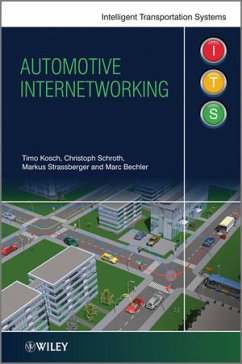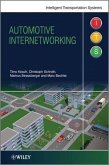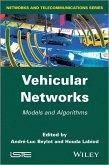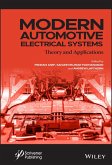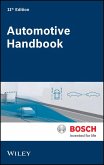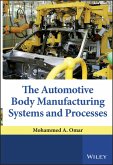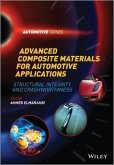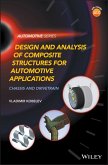A complete introduction tocar-to-X communications networking Automotive Inter-networking will introduce a range of new network and system technologies for vehicle safety, entertainment and comfort systems currently being researched and developed. C2X networking is not only a matter of technology, but is also very closely related to policy-making about deployment. This book will provide the background on technical developments but will also discuss the potential benefits, costs and risks. Also discussed will be concepts related to application of vehicle-to-vehicle and vehicle-to-infrastructure communication technologies for various purposes such as automobile safety enhancement, vehicle user applications for comfort and convenience and efficiency along with other potential commercial applications. Application domains will build the starting point for an analysis of the requirements on suitable mobile network technology and the book will look at how well existing and new systems match these requirements. New automotive-specific technologies are presented in detail, explaining millimeter wave short range systems and special automotive network protocols. Specially designed system services and security mechanisms are introduced and system architecture, radio spectrum use, medium access control, network protocols and security concepts and considered. Finally, the book will present the current world-wide standardization activities, deployment strategies and an outlook about the evolvement of inter-vehicle communications in the next decades. * Presents a comprehensive top-down approach to the newly evolving car-to-X communications networking * Provides a broad overview of all relevant C2X communication topics * Written by well known experts in the field * Predicts the outlook of the evolvement of inter-vehicle communications in the next decades * Includes illustrations and high-level technical sketches of application domains and photographs, 3D renderings and professional graphical sketches of current prototypes
Dieser Download kann aus rechtlichen Gründen nur mit Rechnungsadresse in A, B, BG, CY, CZ, D, DK, EW, E, FIN, F, GR, HR, H, IRL, I, LT, L, LR, M, NL, PL, P, R, S, SLO, SK ausgeliefert werden.

